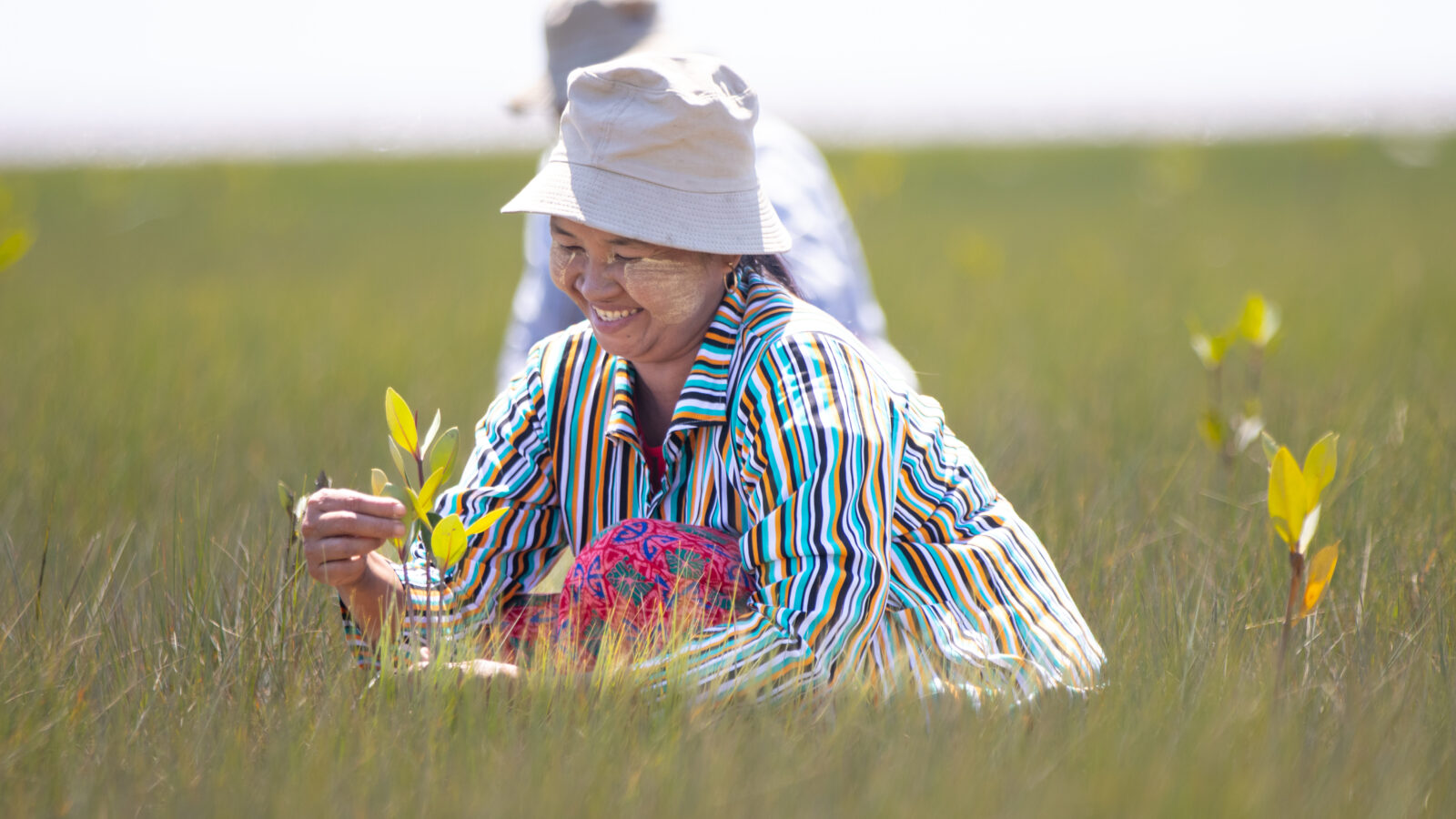Seagrass Restoration Bids: Revitalizing Scotland's Coastal Ecosystems

Table of Contents
The Current State of Seagrass in Scotland
Scotland's seagrass meadows, primarily composed of Zostera marina (common eelgrass), once thrived along our coastline, forming extensive underwater grasslands. However, these vital habitats are now significantly diminished. While precise figures are still being gathered through ongoing research, estimates suggest a considerable decline in the extent of seagrass beds over the past century.
Several factors contribute to this alarming situation:
- Pollution: Runoff from agricultural land carrying fertilizers and pesticides, as well as sewage discharge, causes eutrophication, leading to algal blooms that smother seagrass.
- Dredging: Activities such as dredging for navigation channels and aggregate extraction directly destroy seagrass habitats.
- Climate Change: Rising sea temperatures, increased storm intensity, and sea-level rise all negatively impact seagrass survival and growth.
- Boat Anchoring: Improper boat anchoring can damage and uproot seagrass plants, hindering their ability to recover.
The consequences of seagrass loss are far-reaching:
- Loss of Biodiversity: Seagrass beds support a rich array of species, including commercially important fish like cod and plaice, invertebrates such as seahorses and shellfish, and numerous bird species that depend on the ecosystem for food. Their decline significantly impacts the entire food web.
- Reduced Coastal Protection: Seagrass meadows act as natural buffers, reducing wave energy and protecting coastlines from erosion. Their loss increases coastal vulnerability to storms and flooding.
- Decreased Carbon Sequestration: Seagrass is exceptionally effective at sequestering carbon dioxide from the atmosphere, playing a vital role in mitigating climate change. The loss of these habitats reduces this crucial carbon sink.
- Negative Impacts on Fisheries: The decline in seagrass negatively affects fish populations, impacting the livelihoods of those dependent on the fishing industry.
The Importance of Seagrass Restoration Bids
Seagrass restoration bids represent vital funding opportunities designed to address the decline in seagrass meadows. These bids support a variety of projects aimed at restoring and protecting these vital habitats. Funding can be used for:
- Seagrass Planting: This involves the transplantation of seagrass shoots or seeds to re-establish lost meadows.
- Habitat Creation: This includes creating artificial reefs or other structures that provide suitable conditions for seagrass growth.
- Monitoring and Research: Ongoing monitoring is essential to assess the success of restoration efforts and to inform future projects.
Various stakeholders play a crucial role in seagrass restoration:
- Government Agencies: Provide funding, policy support, and regulatory oversight.
- NGOs (Non-Governmental Organizations): Conduct research, implement restoration projects, and raise public awareness.
- Local Communities: Contribute through volunteering, citizen science initiatives, and sustainable coastal management practices.
Successful seagrass restoration bids offer numerous benefits:
- Enhanced Biodiversity and Ecosystem Function: Restored seagrass meadows provide crucial habitat for a wide range of species, boosting overall biodiversity and ecosystem health.
- Improved Coastal Resilience: Re-established seagrass beds enhance coastal protection, reducing erosion and mitigating the impacts of storms.
- Increased Carbon Sequestration: Restored meadows contribute significantly to carbon sequestration, helping to combat climate change.
- Economic Benefits: Successful restoration projects can positively impact local economies through increased tourism and improved fisheries.
How to Get Involved in Seagrass Restoration
Individuals and organizations can actively contribute to seagrass restoration by engaging in several ways:
- Apply for Funding: Research available funding opportunities through government agencies like NatureScot and various environmental trusts. Look for calls for seagrass restoration bids and proposals.
- Network with Organizations: Connect with NGOs and research institutions involved in seagrass conservation to explore collaboration opportunities.
- Volunteer: Many organizations offer volunteer opportunities for seagrass planting, monitoring, and habitat restoration activities.
- Support Conservation Efforts: Donate to organizations dedicated to seagrass conservation and advocacy.
- Advocate for Policy: Support and advocate for stronger policies to protect seagrass habitats and reduce pollution.
Relevant Links: (Insert links to relevant funding organizations and government websites here)
Case Studies of Successful Seagrass Restoration in Scotland
(Add 1-2 examples here, describing successful restoration projects in Scotland, detailing methods, outcomes, and positive impacts)
Conclusion
Seagrass restoration bids are essential for the recovery of Scotland's vital coastal ecosystems. The numerous benefits of successful projects—enhanced biodiversity, improved coastal protection, increased carbon sequestration, and economic advantages—underline the urgent need for continued investment and participation. By supporting and engaging in seagrass restoration, we can contribute significantly to the health of our marine environment and secure a sustainable future for Scotland's coastline. Find out how you can contribute to seagrass restoration bids in Scotland and help protect our coastal ecosystems. Engage with organizations like [insert relevant organization names] and explore the various ways you can make a difference in the revitalization of our vital seagrass beds.

Featured Posts
-
 The Teddy Magic Britains Got Talent Story A Shocking Twist
May 05, 2025
The Teddy Magic Britains Got Talent Story A Shocking Twist
May 05, 2025 -
 Parker Ready For Bakole A Heavyweight Battle For The Ages
May 05, 2025
Parker Ready For Bakole A Heavyweight Battle For The Ages
May 05, 2025 -
 Predicting Ufc 210 Cormier Vs Johnson 2 Key Factors And Outcomes
May 05, 2025
Predicting Ufc 210 Cormier Vs Johnson 2 Key Factors And Outcomes
May 05, 2025 -
 Nyc Filming New Photos Of Bradley Cooper Directing Will Arnett For Is This Thing On
May 05, 2025
Nyc Filming New Photos Of Bradley Cooper Directing Will Arnett For Is This Thing On
May 05, 2025 -
 Ao Vivo Corinthians X Palmeiras Horario Onde Assistir E Escalacoes
May 05, 2025
Ao Vivo Corinthians X Palmeiras Horario Onde Assistir E Escalacoes
May 05, 2025
